Product Detail
Product NameC14orf93 Antibody
Clone No.2-F6
Host SpeciesMouse
ClonalityMonoclonal
PurificationProA affinity purified
ApplicationsWB, ICC, IHC, FC
Species ReactivityHu
Immunogen DescRecombinant protein
ConjugateUnconjugated
Other NamesC14orf93 antibody
CN093_HUMAN antibody
Uncharacterized protein C14orf93 antibody
Uncharacterized protein C14orf93 homolog antibody
Accession NoSwiss-Prot#:Q9H972
Uniprot
Q9H972
Gene ID
60686;
Calculated MW57 kDa
Formulation1*TBS (pH7.4), 0.5%BSA, 50%Glycerol. Preservative: 0.05% Sodium Azide.
StorageStore at -20˚C
Application Details
WB: 1:500-1:1,000
IHC: 1:50-1:200
ICC: 1:50-1:200
FC: 1:50-1:200
Western blot analysis of C14orf93 on C14orf93-GST recombinant protein lysate using anti-C14orf93 antibody at 1/1,000 dilution.
Immunohistochemical analysis of paraffin-embedded human spleen tissue using anti-C14orf93 antibody. Counter stained with hematoxylin.
Immunohistochemical analysis of paraffin-embedded human colon cancer tissue using anti-C14orf93 antibody. Counter stained with hematoxylin.
Immunohistochemical analysis of paraffin-embedded human thyroid tissue using anti-C14orf93 antibody. Counter stained with hematoxylin.
ICC staining C14orf93 in HepG2 cells (green). The nuclear counter stain is DAPI (blue). Cells were fixed in paraformaldehyde, permeabilised with 0.25% Triton X100/PBS.
Flow cytometric analysis of SH-SY5Y cells with C14orf93 antibody at 1/100 dilution (red) compared with an unlabelled control (cells without incubation with primary antibody; black).
C14orf93 (also named as Regulator of Thyroid Function and Cancer, RTFC) as a novel susceptibility gene for familial nonmedullary thyroid cancer.The oncogenic functions of R115Q, V205M, and G209D RTFC mutants are demonstrated by cell surviving assay, migration assay, and colony forming assays. Moreover, RTFC has been identified as a potential antigen associated with the pathogenesis of peripheral T-cell lymphomas, not otherwise specified (PTCL, NOS). Two in vitro biochemical screens suggested that RTFC might have RNA and phosphopeptide (pSer/pThr-X-X-X-pSer/pThr) binding activities. Yet, the role of RTFC in normal development, as well as the molecular function of RTFC, remain unexplored.
If you have published an article using product 48082, please notify us so that we can cite your literature.


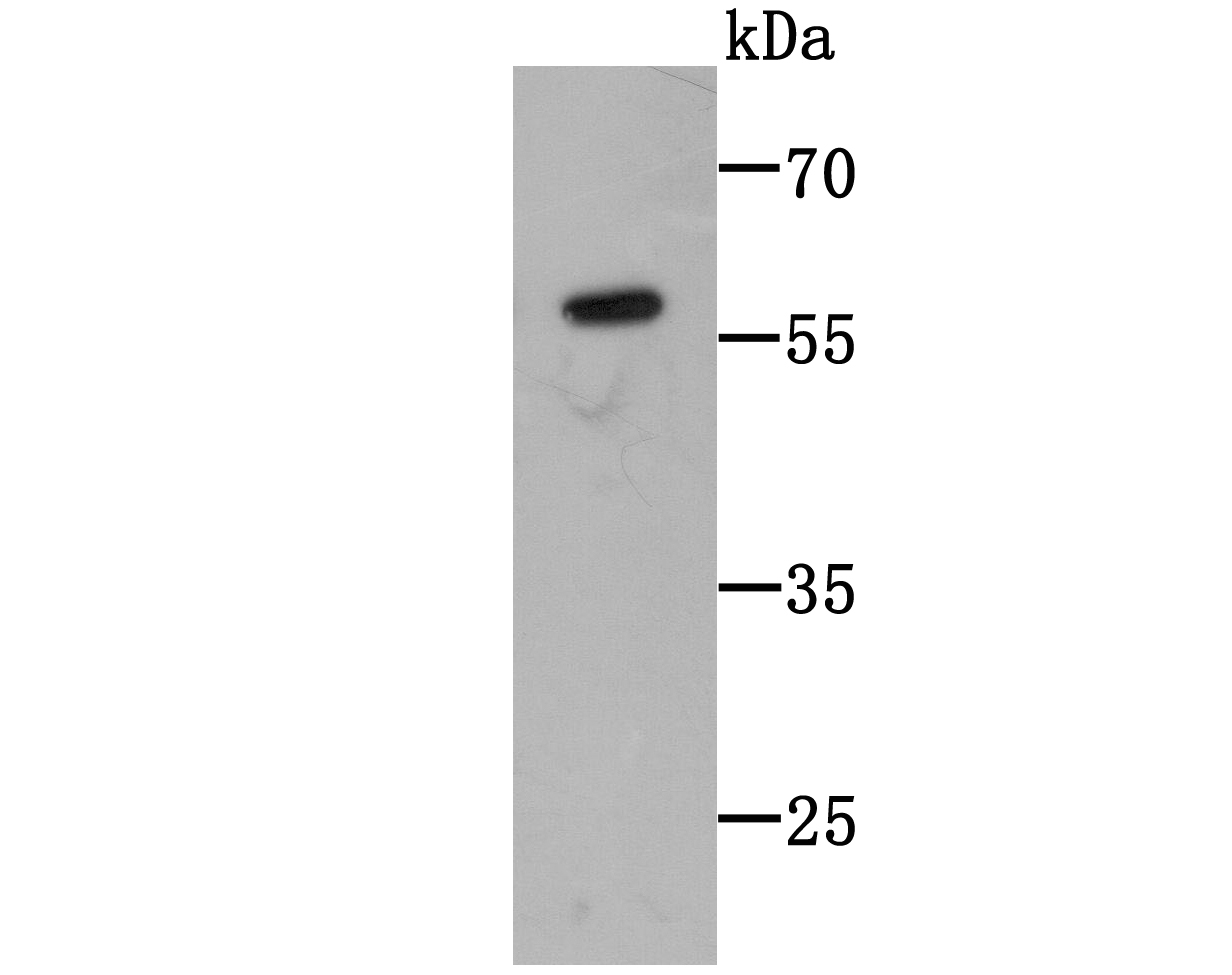
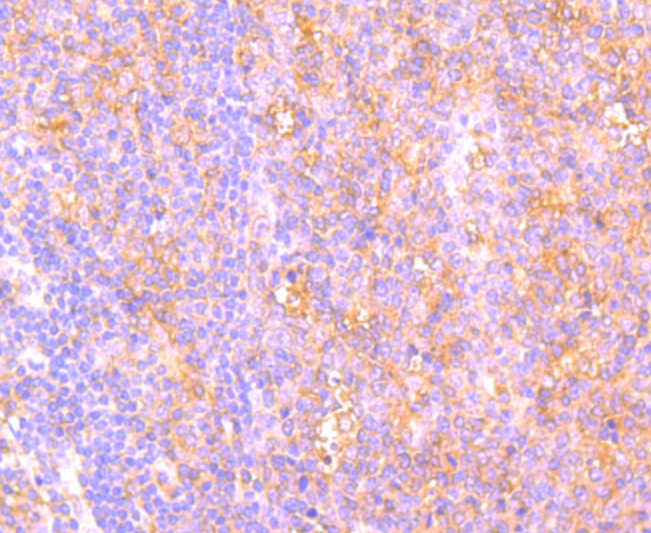
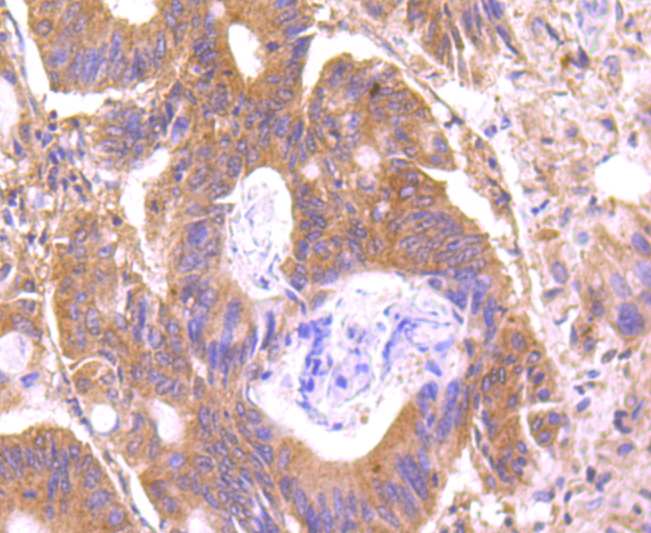
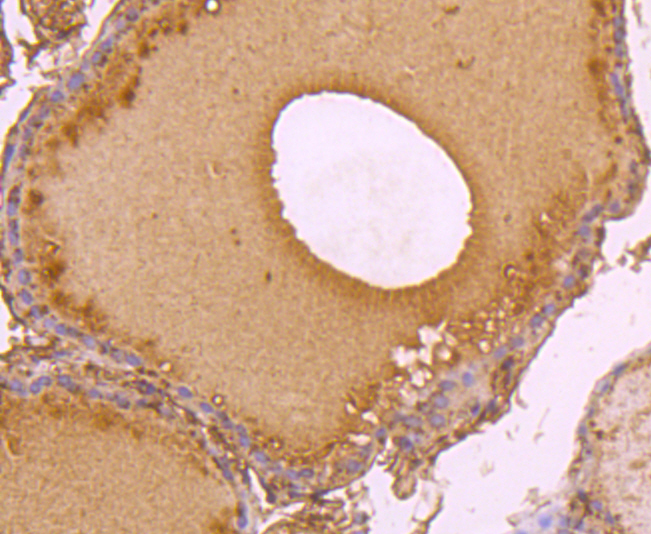
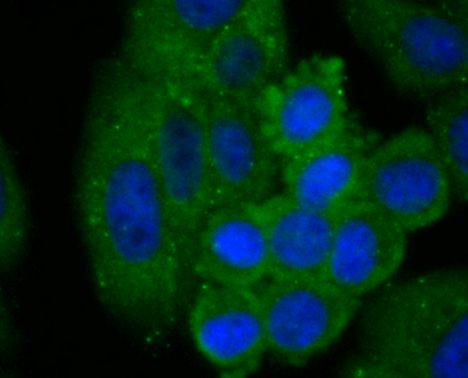
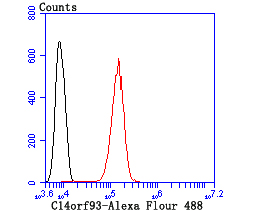
 Yes
Yes



